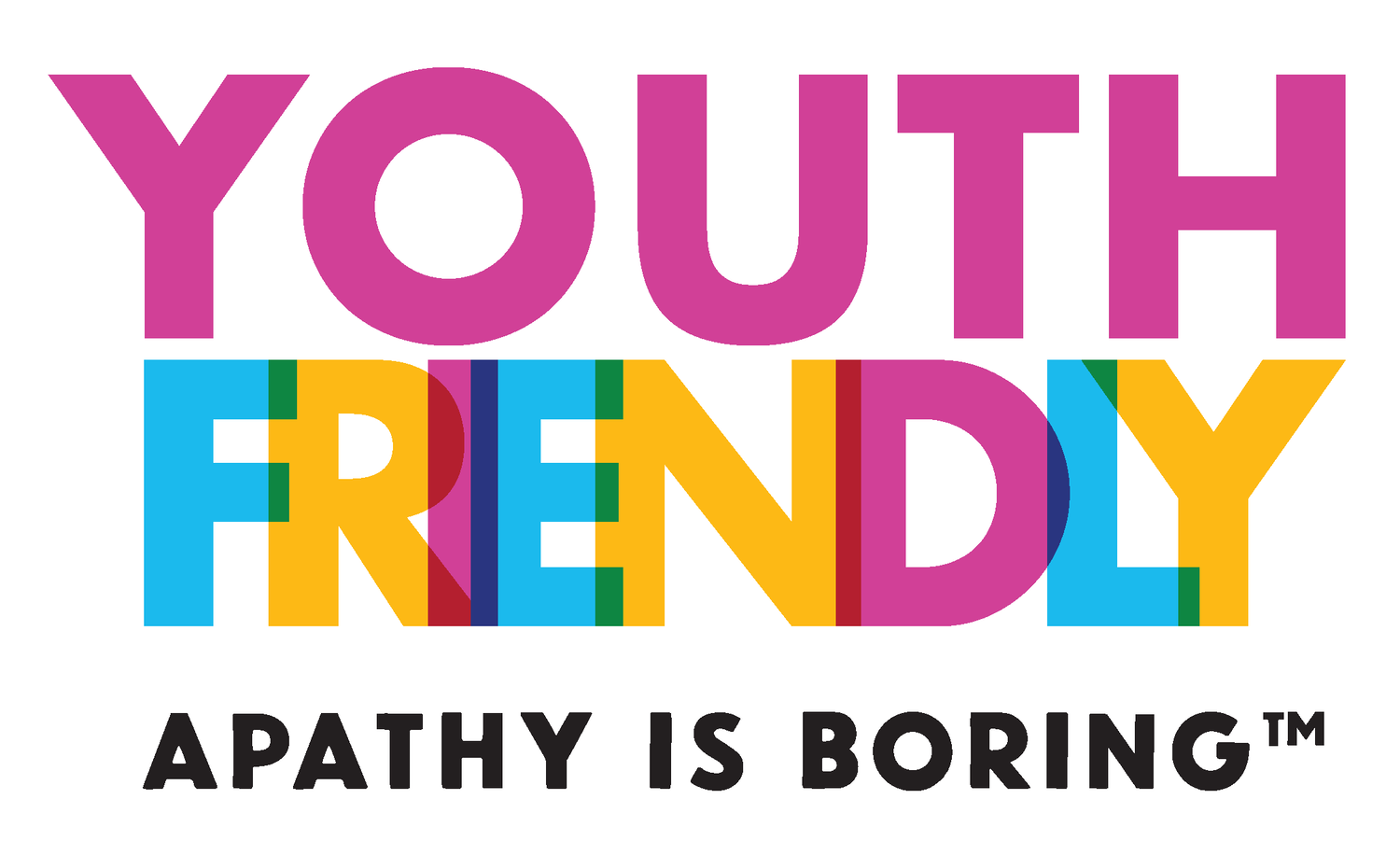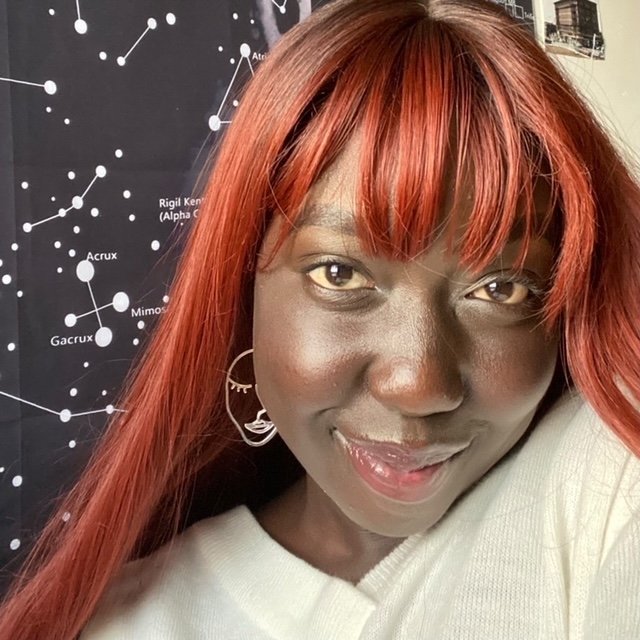Two Young Disability Advocates On How Your Organization Can Do Better
Mary Cep, member of the Youth Action Council with the Disability Justice Network of Ontario
Connor James Parker, Youth Leader for the Youth for Inclusion initiative within Inclusion Alberta
When it comes to disability advocacy, we need not only a shift in attitudes, but systemic change. There many young activists who are addressing the ableism in our society, and to truly make your organization inclusive, it’s vital to listen to their perspectives.
To get a better understanding of how organizations can make their spaces safe for people with disabilities, Youth Friendly spoke with two young changemakers who are devoted to disability advocacy. Connor James Parker is a 19-year-old Youth Leader for the Youth for Inclusion initiative within Inclusion Alberta, a disability advocacy non-profit organization. Mary Cep is a 22-year-old member of the Youth Action Council with the Disability Justice Network of Ontario, an organization focused on disability justice. Below, they offer their insight on the hurdles young people with disabilities face when navigating institutions of power, and how organizations can do better.
What are some challenges young people with disabilities face when navigating Canadian organizations?
Connor: Most organizations don’t understand the benefit of having persons with disabilities included in their regular spaces and places because they haven’t done it before. Therefore when a person with a disability approaches an organization, they are often unsure of what to do or how to appropriately support them.
Mary: We can’t see ourselves within the walls of the institutions in something as simple as being represented in the artwork of pamphlets, books, textbooks and wall art, let alone the programs that occur. This may seem unimportant, but as a Black woman, I can speak from experience of the discontent with self and feeling of otherness I’m still working through by not seeing people who look like me in spaces “made for everyone.” Identity crisis, issues with self-esteem, self-worth and confidence arise when a person doesn’t have positive reflections of the self in the environments around them. When gone unchecked, these develop into more troubling psychological problems that weaken one’s mental health and further stunt your growth and success in life.
What do organizations/institutions get wrong about issues facing the disability community?
Connor: Many organizations believe that in order for a person to be included in their community they need to first learn the skills required, or be trained on how to be in community. However, I know that the best way for any person to learn to be in community is by being in community.
Mary: That we don’t try hard enough to improve our livelihood. That we aren’t working hard enough to advocate for ourselves and that we don’t need allies to rally alongside us demanding a better world. Our individual struggles can be and often are debilitating, as varying as they are depending on one’s past experiences, physical, mental, emotional, and financial state and access to supports. The effort it takes to keep moving forward while discovering our innermost selves in social, institutional, and political systems that gaslight us — claiming that we’re ungrateful, complain too much or are not doing enough — is immense.
What are some ways organizations can accommodate young people with disabilities?
Connor: In the same way an organization provides accommodations to any person, first understanding what a person needs to contribute meaningfully and providing accommodations based on those needs. Organizations can partner with other organizations that have experience in this and can learn from the successes of others.
Mary: If organizations truly seek to be inclusive, then everything created from the ground up should reflect a continual effort to diversify their community. From having accessibility ramps, accommodations, support workers, regularly conducted surveys for all people to share feedback on how services can be improved, to proportionate amounts of people in positions of authority who are physically and/or mentally disabled themselves. The lack of these practices are seriously felt by youth and decrease the likelihood of our engagement.
What should leaders in organizations take away from this?
Connor: As a youth leader and a person with a disability, I know that when organizations learn the benefits of being inclusive, they also see that everyone benefits from having appropriate levels of support no matter their level of ability.
Mary: I think it’s important to note that there’s no perfect way for change to unfold, but if we move forward with the intention to really listen to each other’s experiences, stories, ideas and needs, the steps necessary to take will reveal themselves. This is very much possible to achieve; so long as the elites and governing bodies release the desire to produce economic profit over fostering community, uplifting, investing in and supporting each other, as well as the land.


